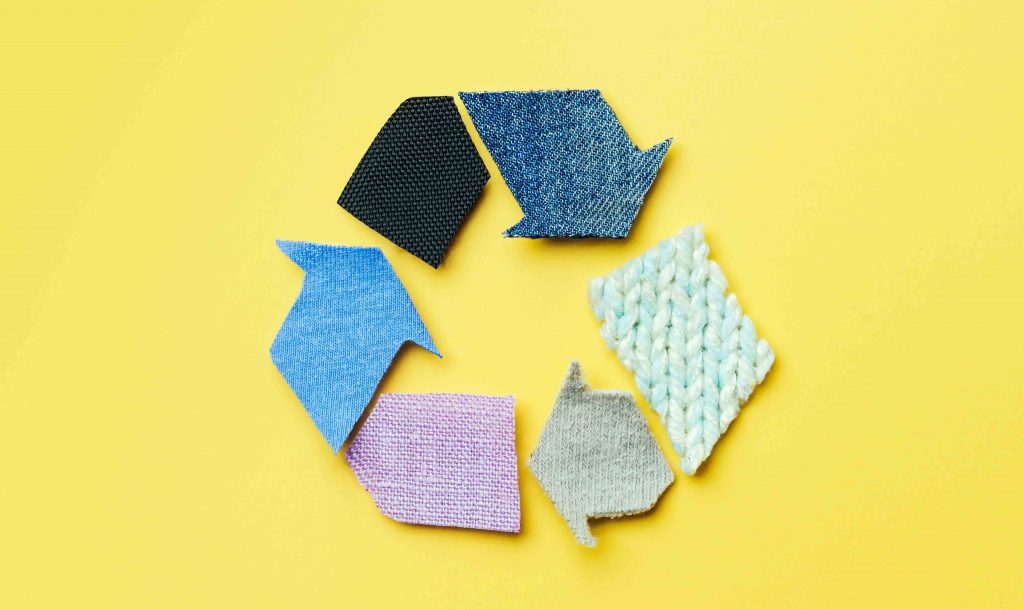Most people don’t give much thought to what happens after they place items in the recycling bin, or where their waste goes after they throw it in the trash. But the logistics and operations of waste management and recycling are a lot more than placing waste in the appropriate waste bin.
We’ve put together a list of the top recycling facts you should be aware of. Learn about the ins and outs of recycling in the United States and why it’s so important to continue sorting your waste.
1. Recycling has been around for thousands of years.
 Although recycling is a common practice now, the concept of recycling has been around for thousands of years. Long before recycling was the production it is today, recycling as an idea was something that households carried out to conserve and reuse materials because goods could not be made as quickly and cheaply before the industrial revolution.
Although recycling is a common practice now, the concept of recycling has been around for thousands of years. Long before recycling was the production it is today, recycling as an idea was something that households carried out to conserve and reuse materials because goods could not be made as quickly and cheaply before the industrial revolution.
2. 75% of all aluminum produced in the US is still around today.
 Unlike most materials, aluminum can be recycled indefinitely. Because of this, almost 75% of all aluminum produced in the United States is still in use today. Keep this in mind when making decisions at the grocery store and reach for products packaged in aluminum instead of plastic or glass.
Unlike most materials, aluminum can be recycled indefinitely. Because of this, almost 75% of all aluminum produced in the United States is still in use today. Keep this in mind when making decisions at the grocery store and reach for products packaged in aluminum instead of plastic or glass.
3. Plastic bottles are often recycled into downgraded products, like carpet and fiberfill for jackets.
 Recycling plastic back into food-grade plastic requires more energy and labor compared to converting recycled plastic into fiber for apparel and carpeting. In fact, recycling five plastic bottles provides material to create one square foot of carpet.
Recycling plastic back into food-grade plastic requires more energy and labor compared to converting recycled plastic into fiber for apparel and carpeting. In fact, recycling five plastic bottles provides material to create one square foot of carpet.
4. Recycling 1 ton of cardboard saves 46 gallons of oil.
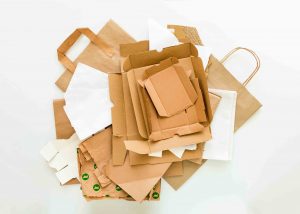 Due to the increase of online shopping, millions of products are delivered in cardboard boxes daily. Thankfully, recycling cardboard uses considerably less energy compared to creating new – recycling cardboard only takes 7% of the energy needed to make cardboard out of virgin materials.
Due to the increase of online shopping, millions of products are delivered in cardboard boxes daily. Thankfully, recycling cardboard uses considerably less energy compared to creating new – recycling cardboard only takes 7% of the energy needed to make cardboard out of virgin materials.
5. Across the globe, nearly 1 trillion single-use plastic bags are used every year.
 Although plastic bags can be recycled in a separate waste stream in certain locations such as grocery stores, the majority of plastic bags are thrown into the trash to sit in landfills. An easy way to reduce your use of plastic bags is to bring your own reusable bag. If you do end up with a plastic bag, try to reuse it as much as possible and recycle it at the end of its life.
Although plastic bags can be recycled in a separate waste stream in certain locations such as grocery stores, the majority of plastic bags are thrown into the trash to sit in landfills. An easy way to reduce your use of plastic bags is to bring your own reusable bag. If you do end up with a plastic bag, try to reuse it as much as possible and recycle it at the end of its life.
6. Over 11 million tons of glass bottles and jars are thrown into landfills each year.
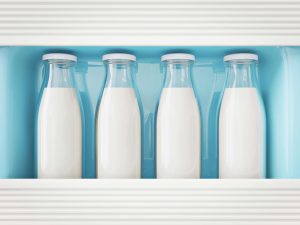 Although glass is 100% recyclable, curbside glass recycling programs are starting to disappear in the US due to cost. Some municipalities have started collecting glass separately at specific locations to recycle. If glass recycling is no longer available in your area, try reusing your glass containers for bulk grocery storage and craft projects.
Although glass is 100% recyclable, curbside glass recycling programs are starting to disappear in the US due to cost. Some municipalities have started collecting glass separately at specific locations to recycle. If glass recycling is no longer available in your area, try reusing your glass containers for bulk grocery storage and craft projects.
7. By recycling 1 ton of paper, 17 trees are saved.
 Trees are so important to the health of the planet. One tree has the ability to filter up to 60 pounds of pollutants from the air each year. That means that when 1 ton of paper is not recycled, 1,020 pounds of pollutants are not removed from the air.
Trees are so important to the health of the planet. One tree has the ability to filter up to 60 pounds of pollutants from the air each year. That means that when 1 ton of paper is not recycled, 1,020 pounds of pollutants are not removed from the air.
8. Every day in the US, millions of single-use plastic straws are thrown away.
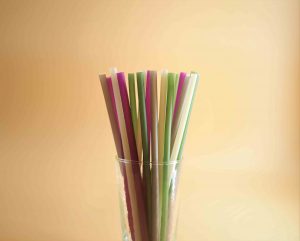 Even though plastic straws are made from recyclable plastic, most recycling machines can’t recycle them because they’re too small and light. Plastic straws tend to contaminate recycling waste streams, or they get disposed of as garbage through the recycling process.
Even though plastic straws are made from recyclable plastic, most recycling machines can’t recycle them because they’re too small and light. Plastic straws tend to contaminate recycling waste streams, or they get disposed of as garbage through the recycling process.
9. There is more plastic in the ocean than there are stars in the Milky Way.
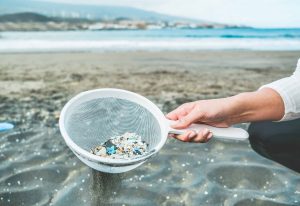 Unlike other materials like paper that may biodegrade when they reach the ocean, plastic does not. Plastic breaks down into smaller pieces of plastic, called microplastics. These microplastics make their way into our bodies through groundwater and our food supply.
Unlike other materials like paper that may biodegrade when they reach the ocean, plastic does not. Plastic breaks down into smaller pieces of plastic, called microplastics. These microplastics make their way into our bodies through groundwater and our food supply.
10. Electronic waste, or e-waste, represents only 2% of trash in landfill in the US, but equals up to 70% of overall toxic waste.
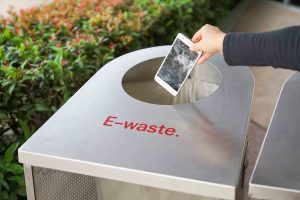 Electronics, new and used, are made up of heavy metals and toxic substances such as lead which can cause damage to nervous systems, blood, and kidneys. Because of this, e-waste should always be recycled in specific collection sites to ensure that these heavy metals and toxic substances are handled by professionals and reused or disposed of correctly.
Electronics, new and used, are made up of heavy metals and toxic substances such as lead which can cause damage to nervous systems, blood, and kidneys. Because of this, e-waste should always be recycled in specific collection sites to ensure that these heavy metals and toxic substances are handled by professionals and reused or disposed of correctly.
Considering these facts, what small improvements can you make to prevent waste from ending up in landfill? For more information on how RTS can help your business manage waste and recycling, contact one of our LEED-accredited advisors today to discuss your requirements.

